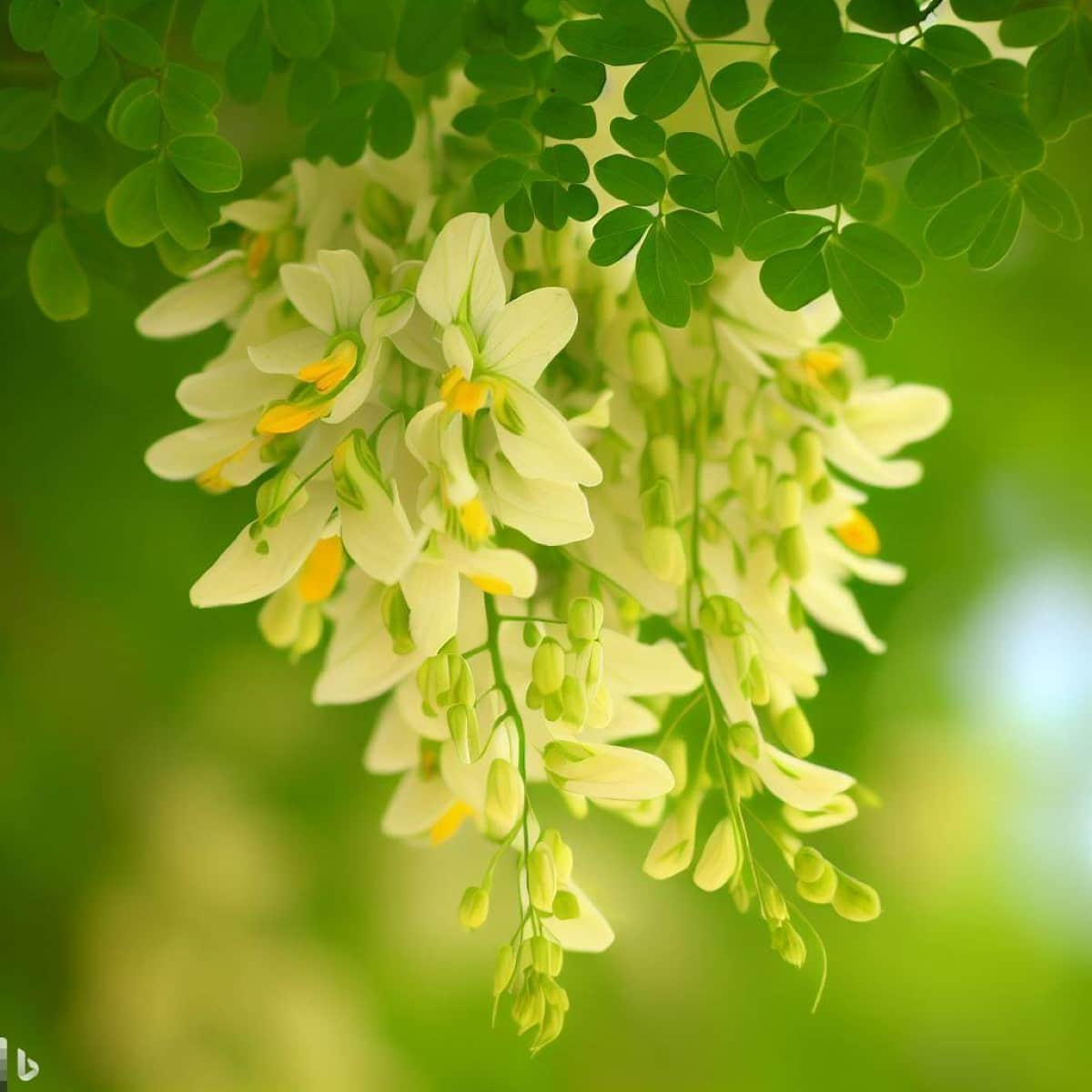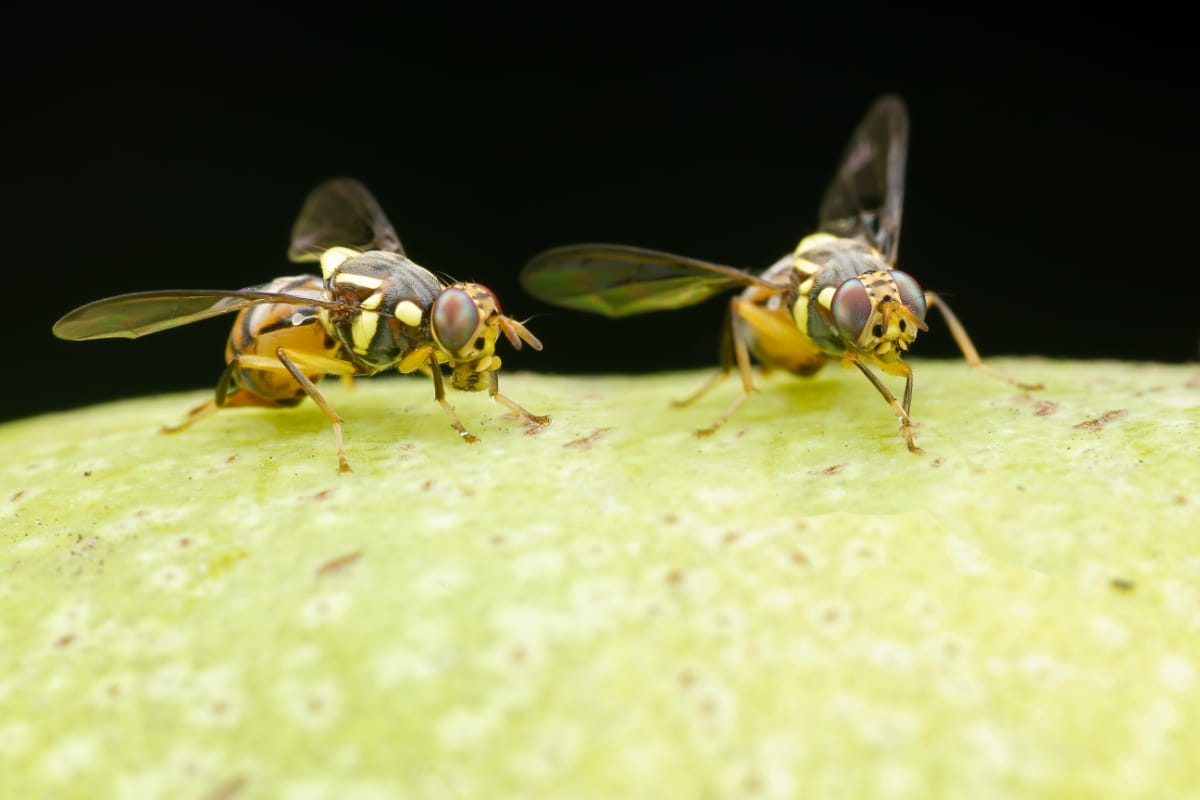Are you struggling with pesky Moringa fruit flies wreaking havoc on your drumstick crop? Fear not, as we unveil a comprehensive guide on effective treatment and control methods to combat these tiny invaders. From organic remedies and biological controls to integrated pest management techniques, we’ve got you covered. Discover how to protect your Moringa crop and ensure its health and productivity while maintaining soil integrity and sustainability.

How to Get Rid of Moringa Fruit Fly
Introduction to Moringa Fruit Fly Management
Moringa fruit fly control is crucial for safeguarding the yield of this valuable crop. These pests, known for their voracious appetite, can devastate Moringa plantations if left unchecked. Effective management strategies are essential to mitigate their impact and ensure a healthy harvest. Implementing comprehensive control measures is key to protecting Moringa crops from fruit fly infestations.
Understanding the Moringa Fruit Fly Problem
The Moringa fruit fly poses a significant challenge to growers due to its ability to multiply and cause extensive damage to Moringa crops rapidly. Understanding the lifecycle of these pests is essential for devising effective control strategies. By comprehensively grasping the nuances of the fruit fly problem, growers can implement targeted solutions to minimize crop losses.
Overview of Drumstick Fruit Fly Impact on Crop
The impact of the drumstick fruit fly on Moringa crops can be severe, leading to decreased yields and economic losses for growers. These pests target the fruits of the Moringa tree, rendering them unmarketable and reducing the overall productivity of the plantation. Managing the infestation effectively is crucial for maintaining the health and profitability of Moringa cultivation.
Identifying Moringa Fruit Fly Infestation
Recognizing the signs of Moringa fruit fly infestation is essential for timely intervention. Symptoms such as puncture marks on fruits, larvae presence, and premature fruit drop indicate the presence of these pests. Regular monitoring and inspection of Moringa trees can help growers detect infestations early and take appropriate measures to control the spread of fruit flies.
Symptoms of Fruit Fly Damage in Moringa
Fruit fly damage in Moringa manifests through various symptoms, including fruit punctures, larval infestation, and premature fruit drop. These signs not only affect the appearance and quality of the fruits but also diminish their market value. Identifying these symptoms promptly enables growers to implement targeted control measures and minimize the impact of fruit fly damage on Moringa crops.
Lifecycle and Biology of the Drumstick Fruit Fly
Understanding the lifecycle and biology of the drumstick fruit fly is crucial for developing effective control strategies. From egg to adult, these pests undergo distinct stages of development, each presenting unique vulnerabilities for intervention. By studying their biology, growers can identify optimal times for implementing control measures and disrupting the fruit fly population’s lifecycle.
Cultural Control Measures
Cultural control measures play a vital role in managing Moringa fruit fly infestations. Practices such as proper pruning, maintaining optimal planting density, and promoting biodiversity in the plantation can help deter fruit flies and reduce their impact. Implementing cultural control measures alongside other strategies enhances the overall resilience of Moringa crops against fruit fly damage.
Sanitation Practices to Reduce Fruit Fly Population
Sanitation practices are essential for reducing the population of fruit flies in Moringa plantations. Removing fallen fruits, maintaining clean orchard floors, and disposing of infested plant debris effectively deprive fruit flies of breeding sites and food sources. By implementing rigorous sanitation practices, growers can significantly mitigate the risk of fruit fly infestations and protect their Moringa crops.
Crop Rotation and Intercropping to Deter Fruit Flies
Crop rotation and intercropping are effective strategies for deterring fruit flies and preserving the health of Moringa plantations. By alternating Moringa cultivation with other crops and integrating insect-repellent plants into the agroecosystem, growers can disrupt the habitat and breeding grounds of fruit flies. These practices not only minimize pest pressure but also promote sustainable agricultural practices in Moringa cultivation.
In case you missed it: Why Moringa Flowers Turning Red: Causes, Solutions, and Care Tips

Physical and Mechanical Controls
Moringa Crop Protection can be enhanced through physical and mechanical controls. Techniques such as bagging and netting are effective in safeguarding fruits from Moringa Fruit Fly infestations. By physically preventing access to the fruits, these methods mitigate the risk of damage. Additionally, pruning affected parts of the plant can limit the fly’s breeding sites, further reducing its population.
Use of Traps: Pheromone and Visual Attractants
Effective Fruit Fly Traps play a crucial role in Integrated Pest Management (IPM) for Moringa. Utilizing both pheromone and visual attractants, these traps lure and capture adult fruit flies, helping to control their population. By strategically placing traps in orchards, especially during peak activity periods, growers can significantly reduce fruit damage and minimize economic losses.
Bagging and Netting Techniques to Protect Fruits
Bagging and netting are reliable methods for safeguarding Moringa fruits against fruit fly infestations. By covering individual fruits with bags or enclosing entire trees with nets, growers create physical barriers that prevent access by fruit flies. This approach not only protects the fruits from damage but also reduces the need for chemical interventions, promoting environmentally friendly cultivation practices.
Biological Control Strategies
Biological Control of Fruit Flies offers sustainable solutions for Moringa crop protection. Introducing natural predators, such as parasitoid wasps or predatory beetles, can help regulate fruit fly populations without harming beneficial insects or disrupting ecosystem balance. By harnessing the power of nature’s mechanisms, growers can effectively manage fruit fly infestations while minimizing reliance on chemical interventions.
Introducing Natural Predators of the Fruit Fly
To combat Moringa Fruit Fly infestations, introducing natural predators is a viable strategy. Predatory insects like lacewings, spiders, and lady beetles feed on fruit fly eggs, larvae, and adults, helping to suppress their populations. By promoting a diverse ecosystem within Moringa orchards, growers can encourage the presence of these beneficial insects, reducing the need for synthetic pesticides and fostering long-term pest management.
Utilization of Biopesticides and Entomopathogenic Nematodes
In Integrated Pest Management (IPM) for Moringa, biopesticides and entomopathogenic nematodes such as Steinernema carpocapsae and Heterorhabditis indica offer effective alternatives to chemical insecticides. Biopesticides derived from naturally occurring substances target fruit fly larvae or adults, disrupting their life cycle without harming other organisms or the environment. Similarly, entomopathogenic nematodes infect and kill fruit fly larvae in the soil, providing targeted control while preserving soil health for Moringa cultivation.
Chemical Control Options (As a Last Resort)
As a last resort, chemical control options may be considered for managing Moringa Fruit Fly infestations. Synthetic insecticides such as Malathion and Carbaryl can provide rapid suppression of fruit fly populations, particularly during outbreaks or when other control methods prove insufficient. However, their use should be approached cautiously, considering potential impacts on soil health, non-target organisms, and environmental sustainability.
Selective Use of Insecticides for Fruit Fly Management
When employing chemical insecticides for Moringa Fruit Fly management, selective use is key to minimizing adverse effects. Some examples are Spinosad and Spinetoram. Targeted application methods, such as spot treatments or timed sprays, help reduce pesticide usage while maximizing efficacy. By focusing on specific areas or stages of fruit fly development, growers can mitigate risks to beneficial insects, soil health, and overall ecosystem resilience.
Safety and Environmental Considerations in Chemical Use
When utilizing chemical insecticides for Moringa Fruit Fly control, safety and environmental considerations are paramount. Adhering to recommended application rates, timing, and safety protocols minimizes risks to human health, wildlife, and surrounding ecosystems. Additionally, integrating chemical control with other management strategies, such as biological controls or cultural practices, can reduce reliance on pesticides while maintaining effective pest management outcomes.
Organic Treatments and Remedies
Neem oil, known for its natural insect-repelling properties, serves as a potent organic solution against the drumstick fruit fly. Homemade sprays incorporating neem oil effectively deter these pests, promoting healthier moringa plants. Additionally, sustainable pest control methods, such as crop rotation, help manage fruit fly populations while preserving soil fertility.
Neem Oil and Other Organic Insecticides
Neem oil stands out as a natural insecticide for controlling drumstick fruit flies. Its active compounds disrupt the insect’s lifecycle and act as a deterrent. Other organic options include plant-based insecticides containing ingredients like pyrethrum or citrus extracts. These alternatives offer effective pest control while minimizing harm to beneficial insects and the environment.
Homemade Sprays and Natural Repellents
Homemade fruit fly sprays provide an affordable and eco-friendly solution for managing infestations. Ingredients such as garlic, chili pepper, or soap can be mixed with water to create potent repellents. These sprays deter fruit flies from laying eggs on moringa plants and disrupt their lifecycle. Regular application of these natural remedies can help keep fruit fly populations in check.
In case you missed it: Blossom Fruit Rot in Bottle Gourd: 100% Effective Treatment and Control Solutions

Soil and Plant Health Improvement
Homemade fruit fly sprays provide an affordable and eco-friendly solution for managing infestations. Ingredients such as garlic, chili pepper, or soap can be mixed with water to create potent repellents. These sprays deter fruit flies from laying eggs on moringa plants and disrupt their lifecycle. Regular application of these natural remedies can help keep fruit fly populations in check.
Enhancing Soil Nutrition for Stronger Moringa Plants
Ensuring adequate soil nutrition is crucial for the optimal growth of moringa plants. Organic fertilizers rich in nitrogen, phosphorus, and potassium support healthy foliage and fruit development. Incorporating compost and organic matter into the soil improves its structure and fertility, promoting robust growth and better resistance to pests like the drumstick fruit fly.
Adequate Watering Practices to Promote Plant Health
Proper watering practices are vital for promoting plant health and resilience to pests. Moringa plants require regular watering, especially during dry periods, to maintain optimal growth and productivity. However, overwatering should be avoided as it can lead to root rot and other diseases. Using drip irrigation or watering at the base of plants helps prevent moisture-related issues and reduces the risk of pest infestations.
Monitoring and Surveillance Techniques
Effective monitoring and surveillance are key components of managing drumstick fruit fly infestations. Pheromone traps are useful tools for detecting and monitoring fruit fly populations in moringa farms. Regular monitoring of plants for signs of damage, such as larvae or puncture marks on fruits, enables early detection of infestations. This proactive approach allows for timely intervention to prevent further spread and minimize crop losses.
Regular Inspection for Early Detection of Fruit Flies
Regular inspection of moringa plants is essential for early detection of drumstick fruit fly infestations. Farmers should closely monitor plants for signs of damage, such as wilting leaves or premature fruit drop. By conducting routine inspections, growers can promptly identify and address pest problems before they escalate. This proactive approach helps protect the health and productivity of moringa crops.
Implementing Integrated Pest Management (IPM) Strategies
Integrated Pest Management (IPM) strategies offer a holistic approach to managing drumstick fruit fly infestations sustainably. This includes combining cultural practices like crop rotation with biological controls such as pheromone traps. Sustainable pest control methods minimize reliance on chemical insecticides, preserving natural ecosystems and reducing environmental impact. By adopting IPM strategies, farmers can effectively manage fruit fly populations while promoting the health of moringa plants and surrounding ecosystems.
In case you missed it: Best Fungicide for Rice Sheath Blight: Discover 100% Effective Treatment with These Top 10 Fungicides

Conclusion
Managing Moringa fruit flies requires a multi-faceted approach that emphasizes sustainable practices and holistic pest control methods. By integrating organic remedies, biological controls, and strategic management tactics such as crop rotation and soil health maintenance, farmers can effectively mitigate the impact of fruit flies on their Moringa crops. With dedication and proper implementation of these strategies, achieving a thriving and pest-free Moringa plantation is within reach.
- Deworming Schedule for Dogs/Puppies: A Beginners Guide
- How to Prevent and Control Parasites in Goats
- Beneficial Insects in Pest Management
- Natural Solutions for Pest Control in Flower Gardens
- Types of Fungicides Used in Agriculture
- Common Issues in the Fruit Development Stage of Pomegranate Farming
- Fruit Development Issues in Papaya: Easy Solutions and Treatment
- Soil-Borne Diseases and How to Protect Your Plants
- Practices to Prevent Disease Spread in the Garden